Optimal Timing for Waterproofing Applications
Waterproofing is a critical process to protect structures from water intrusion and damage. The timing of waterproofing applications can significantly influence their effectiveness and longevity. Proper scheduling ensures that the materials adhere correctly and that the environment is suitable for application, resulting in optimal performance.
Spring is ideal due to moderate temperatures and low humidity, allowing waterproofing products to cure properly.
Early summer offers warm weather with less rain, making it suitable for many waterproofing projects.
Fall provides cooler temperatures and dry conditions, which are beneficial before winter.
Winter is generally not recommended due to freezing temperatures and high moisture levels that hinder application.
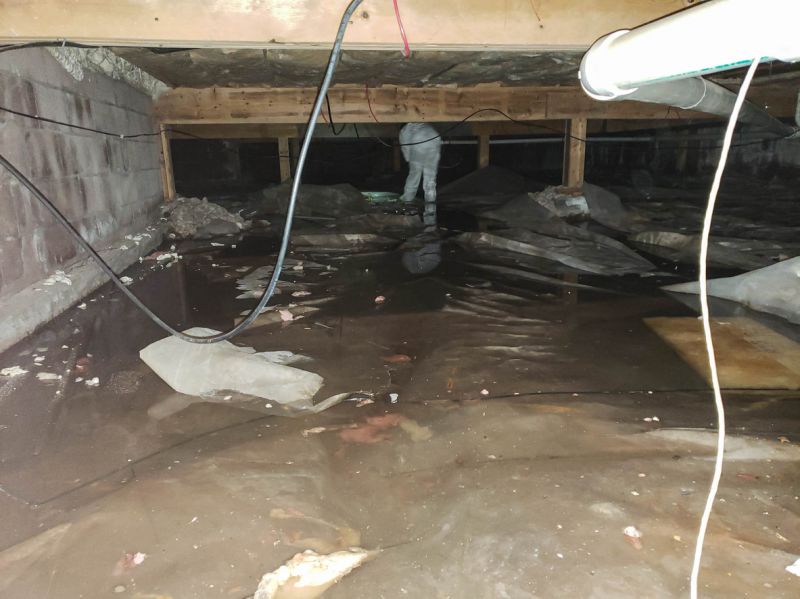
Ways to make Waterproofings work in tight or awkward layouts.
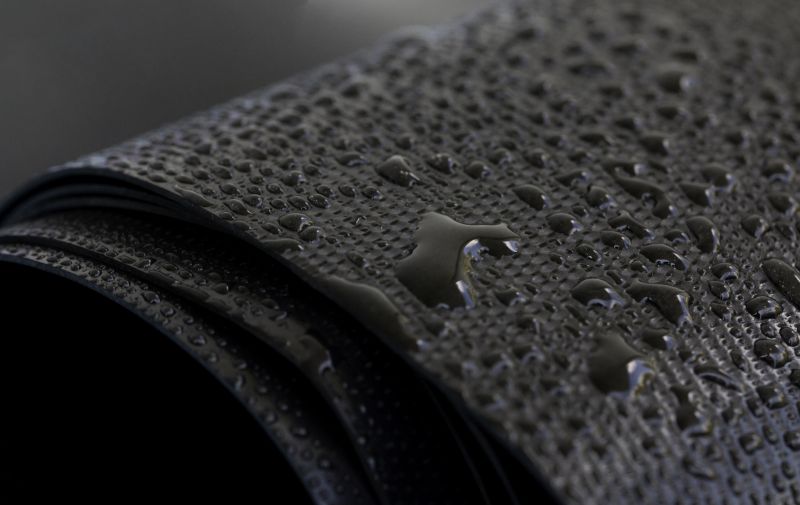
Popular materials for Waterproofings and why they hold up over time.
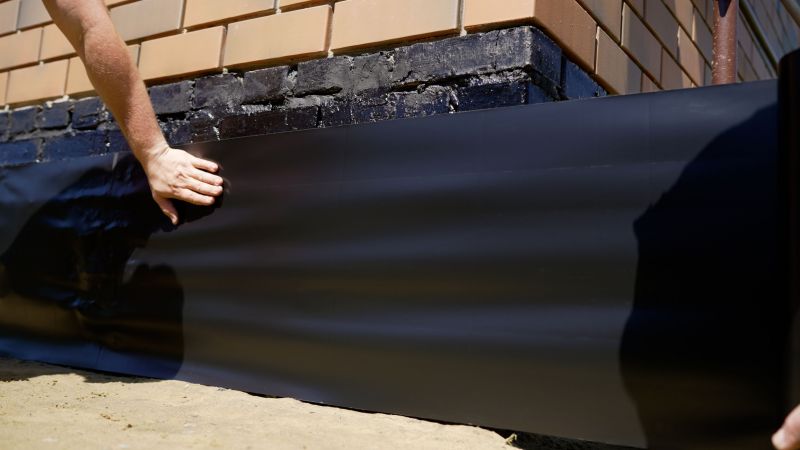
Simple add-ons that improve Waterproofings without blowing the budget.
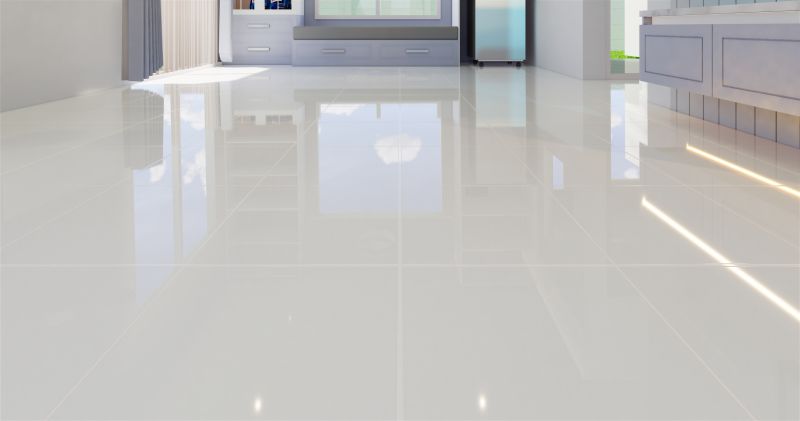
High-end options that actually feel worth it for Waterproofings.
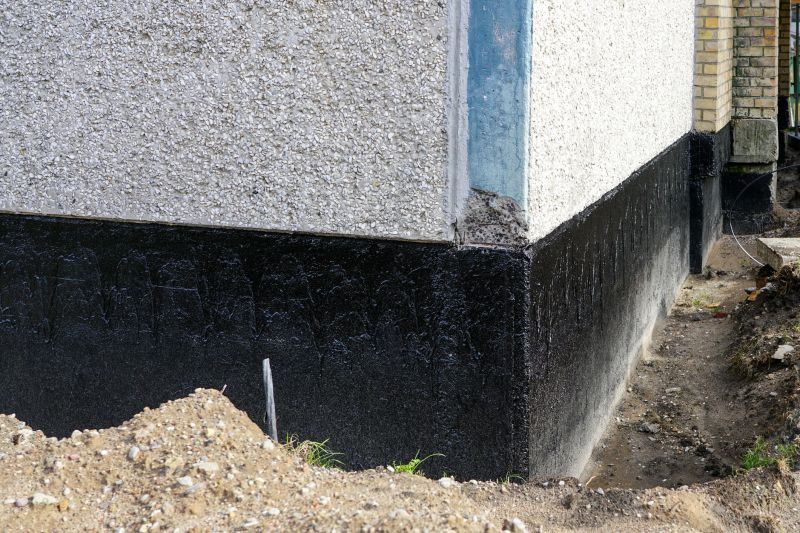
Finishes and colors that play nicely with Waterproofings.
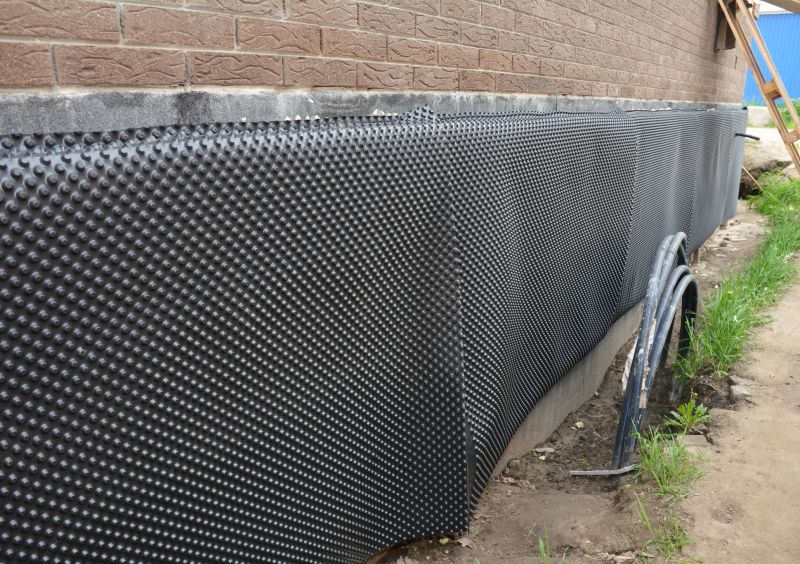
Little measurements that prevent headaches on Waterproofings day.
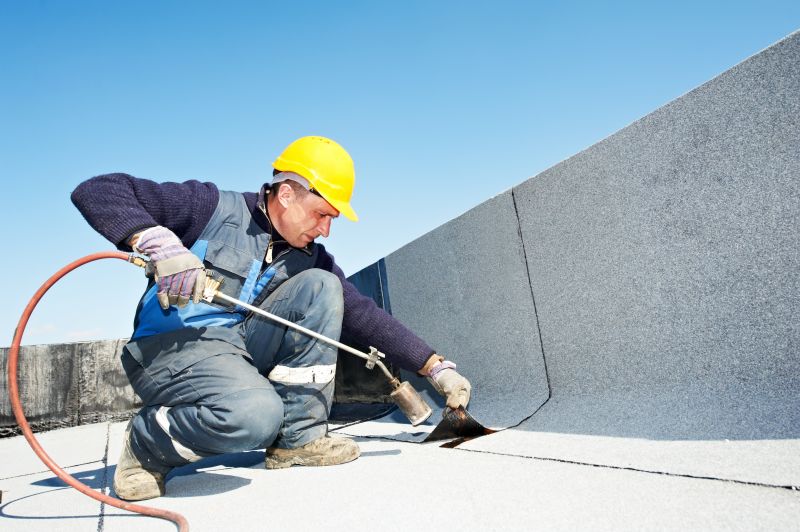
A 60-second routine that keeps Waterproofings looking new.
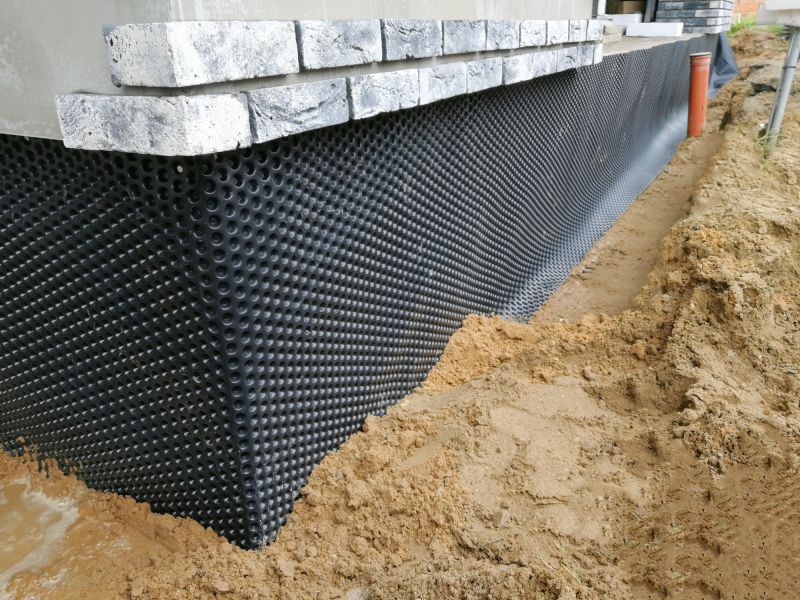
A frequent mistake in Waterproofings and how to dodge it.
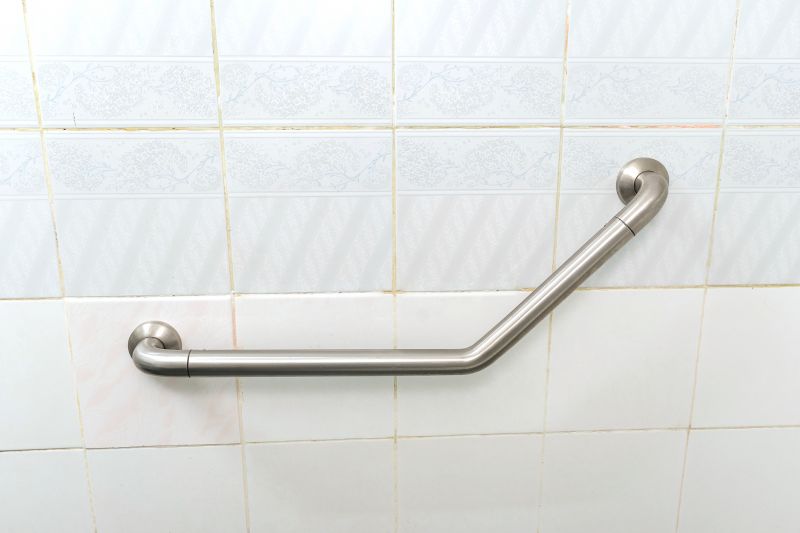
Small tweaks to make Waterproofings safer and easier to use.
| Season | Ideal Conditions |
|---|---|
| Spring | Moderate temperatures, low humidity, dry days |
| Summer | Warm weather, early summer preferred, avoid extreme heat |
| Fall | Cooler temperatures, dry conditions, before winter |
| Winter | Not recommended due to freezing temperatures and high moisture |
Waterproofings involve applying specialized materials to prevent water penetration in buildings and structures. These materials include sealants, membranes, coatings, and barriers designed to withstand moisture and water pressure. Properly timed waterproofing enhances durability, prevents structural damage, and reduces maintenance costs. Advances in waterproofing technology have increased the effectiveness of these materials, making correct timing even more crucial for optimal results.
Statistics indicate that waterproofing failures often occur due to improper timing or application during unsuitable weather conditions. For example, applying waterproof coatings in freezing temperatures can compromise adhesion and curing, leading to early failure. Conversely, applying during ideal weather conditions ensures maximum adhesion and longevity. Proper scheduling and understanding seasonal variations are key to successful waterproofing projects.
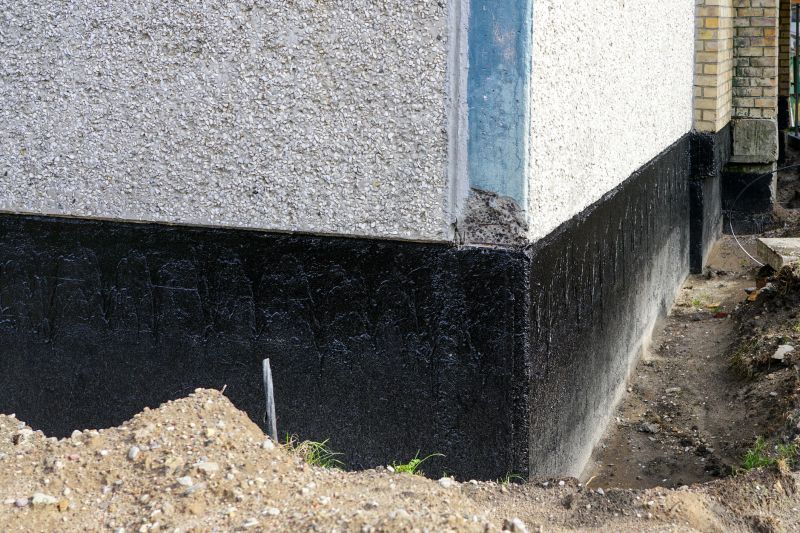
Lower-waste or water-saving choices for Waterproofings.
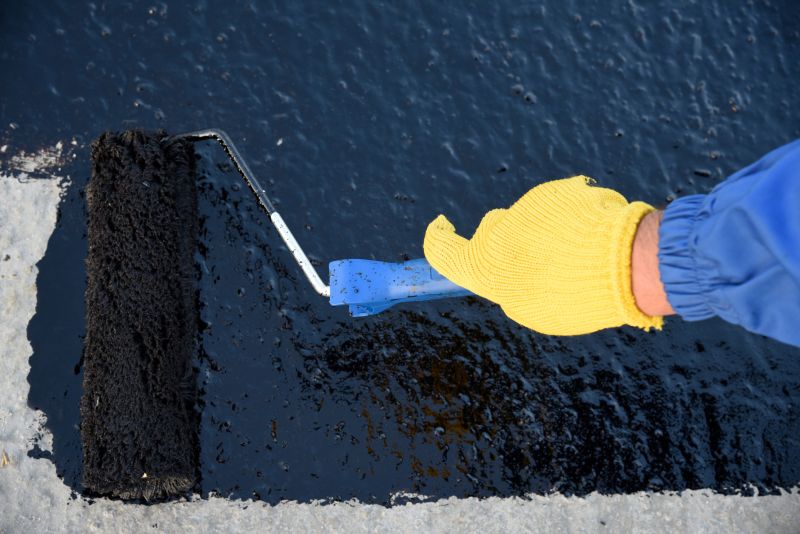
The short, realistic tool list for quality Waterproofings.
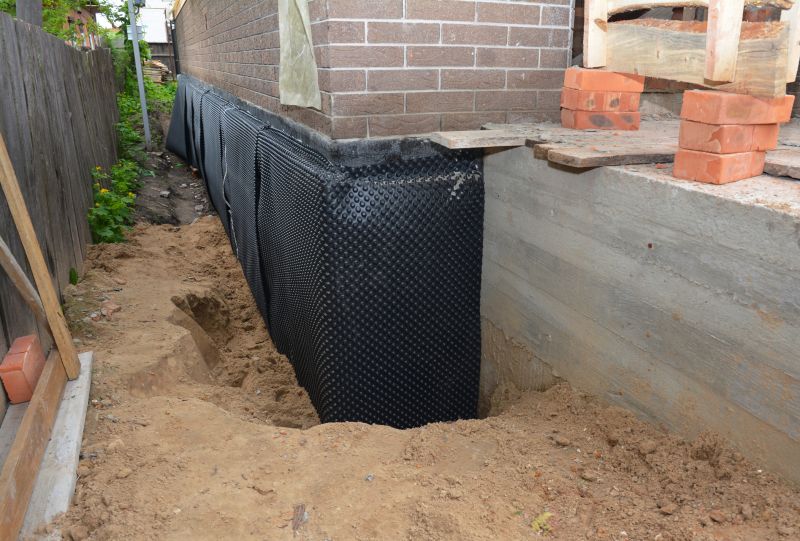
Rough timing from prep to clean-up for Waterproofings.
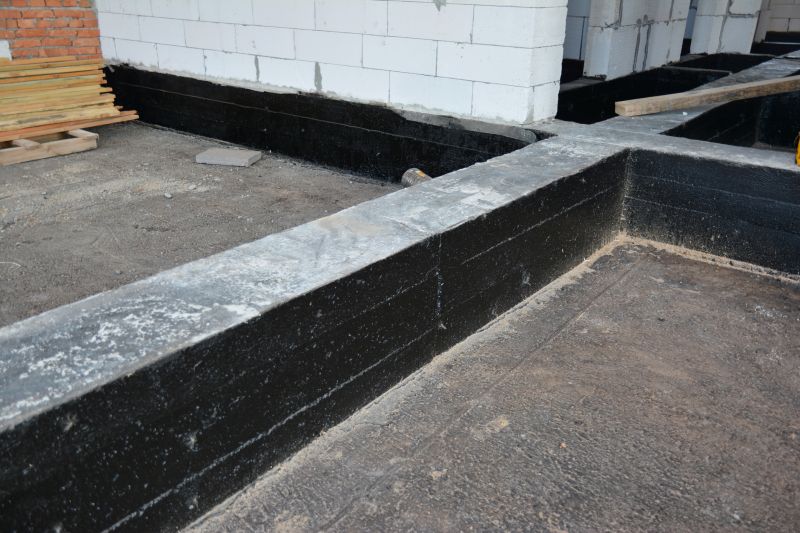
Quick checks and paperwork to keep after Waterproofings.
Interested in waterproofing services? Contact for more information and to schedule an assessment. Proper timing and application are essential to ensure long-lasting protection against water damage, especially in areas prone to heavy moisture or flooding.

